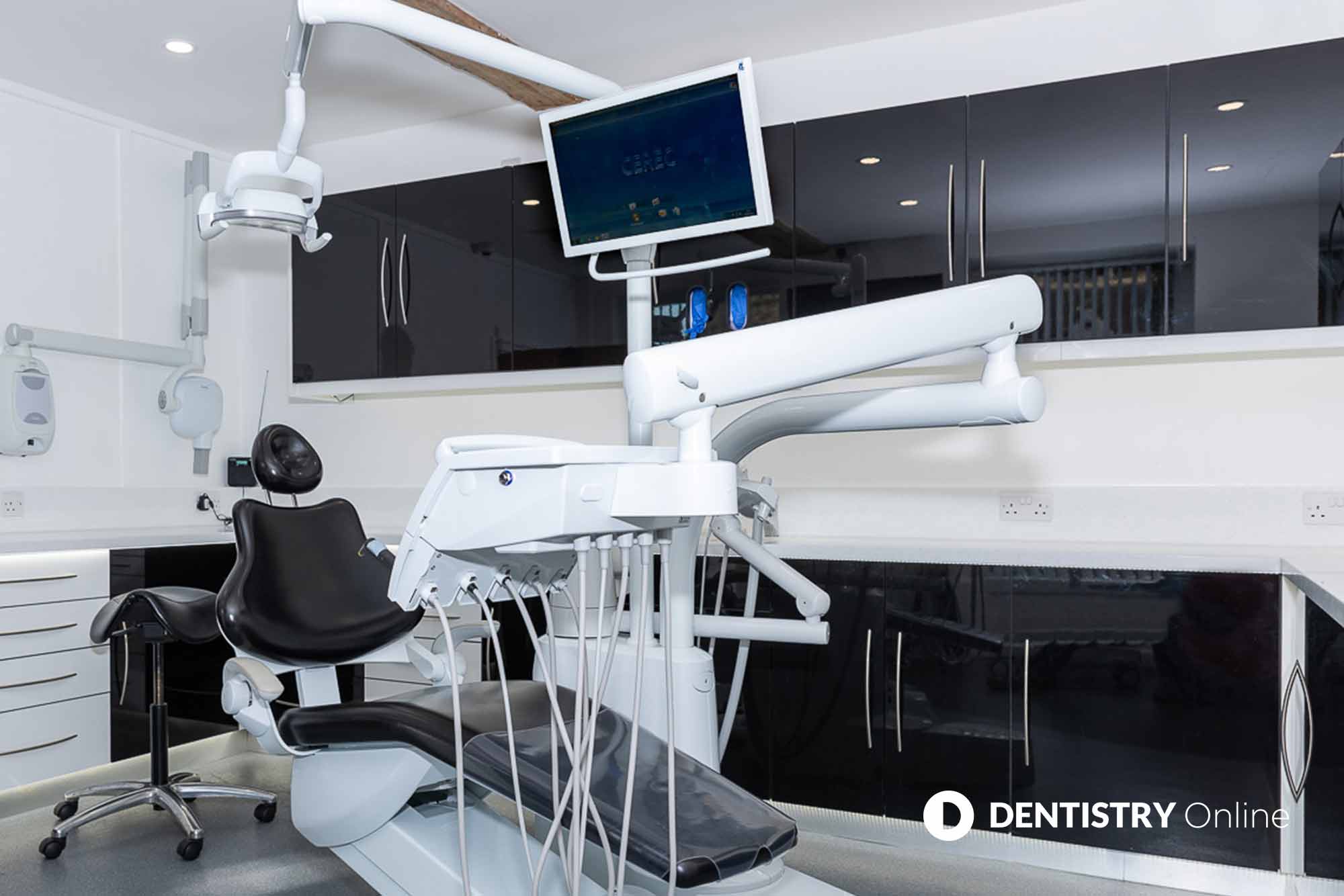 Simon Fieldhouse explains how integrating digital technology has boosted his practice – and why he couldn’t imagine being without any of it.
Simon Fieldhouse explains how integrating digital technology has boosted his practice – and why he couldn’t imagine being without any of it.
How ‘digital’ is your practice?
I would say fully digital.
We have acquisition units in every surgery; a mixture of Dentsply Sirona Primescans and AC Omnicams, which we are replacing with Primescans. We have two MCXL Premium mills (and are buying a third – Primemill), two furnaces (and buying a third Speedfire), an Orthophos SL CBCT and a 3D printer.
Also, we have a hub to store the data. We make all of our crowns, bridges and single implant crowns.
Lastly, we perform digital impressions for our implant bridges, splints and we are now moving on to digital workflows for dentures.
What made you take the jump into digital technology?
I had been watching the development of the technology for many years. It became obvious that it was capable of doing what we wanted, in as much as allowing us to produce high quality prosthetics in-house, in a single visit.
Being on site and with the patient in front of you puts us in the strongest position to provide a quality crown or other restoration.
How has it impacted your practice?
A digital practice provides a relaxed and flexible environment to work in.
The nature of appointments enables us to have a working day that allows practitioners to work in a way that is not possible using conventional workflows.
The practice appears considerably more efficient. A significant increase in profitability occurs, even after paying for the equipment. It seems to generate work we were not expecting at first.
We even get referrals for a single restoration to be performed for a patient from another practice, who is unable to tolerate conventional impressions.
The technology seems to universally impress our patients. Many of them are genuinely interested in how it works. They also like the convenience of single visits and no impressions. We are now also seeing a number of new patients who are coming to us because we are digital.
What was the learning curve like?
It was surprisingly straightforward. Of course there are things to learn but I find the CEREC software, especially version five, very intuitive and it is a genuine leap forwards in usability.
There are always new things to learn and the digital community is growing rapidly. There are also a number of good publications and societies that are developing better training courses and literature.
The rest of the team love digital work. Many nurses train to manufacture the crowns and bridges. They really enjoy being more involved in the work we do. Watch this space!
What are your key pieces of equipment?
That’s a difficult question – I cannot imagine being without any of them. We perform full digital workflows, conventional crown and bridge, implants and others. They are all high quality and reliable pieces of kit.
We sometimes say: ‘Can you imagine going back?’. Having the ability to plan implants is powerful. There’s also a satisfaction in making surgical guides and final restorations, implant or conventional.
What’s the easiest way for practices to start with digital dentistry?
Starting off with digital dentistry is very straightforward.
There are a number of options but I would recommend the Primescan. It is a brilliant, highly accurate, reliable and easy to use piece of equipment. If people are anxious about producing their own crowns, then it is a great way to start the digital journey as a means of taking digital impressions. The impressions get sent to the laboratory, when the system is open. The result reveals very accurate impressions, sent instantly to the lab. Lots of benefits for the patient and lab.
What’s the most important thing you’ve learned on your digital journey?
Firstly, it improves your preps!
If you are looking to produce crowns in house, which I would highly recommend, make sure your equipment speaks to each other.
Also, you never stop learning about what it can do. I have realised that the relationship with your lab gets even better. They are receiving accurate impressions, in a timely manner. The accuracy of the full arch scanner has made arch bars and other larger treatment plans much more straightforward.
Would you recommend investing into digital dentistry?
Absolutely. Whether it be for digital impressions or a full workflow. Digital dentistry benefits everyone. It is a win, win, win. A win for you and your staff. A win for your patients and a win for your laboratory.
This article first appeared in Implant Dentistry Today magazine. You can read the latest issue here.
Follow Dentistry.co.uk on Instagram to keep up with all the latest dental news and trends.
Let’s block ads! (Why?)






